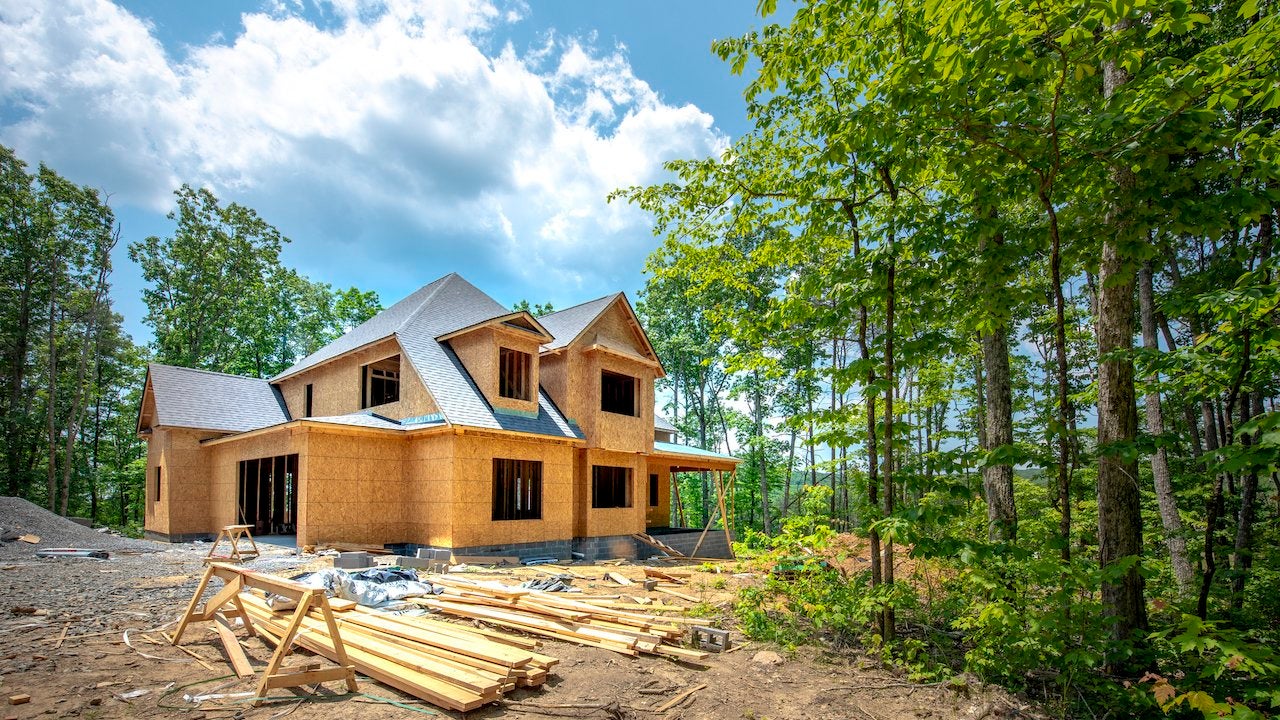Table of Content
- Get a mortgage broker
- Create positive cash flow where possible
- I want to build a house on my land; where do I start?
- Step 3: Buying land to build a house checklist.
- Ensure you don’t go over your land allocation
- Should Real Estate Investors Consider Moving to a New Location in 2018?
- Evaluate the cost of adding utilities
- Buying Land to Build a House: Your Step-by-Step Guide
Elder Scrolls
Once you know where you want to buy land and you’ve got the money to do it, you need to get an all-star team of pros on your side. If you’re planning to build a house, that’ll mean looking for an architect, a contractor or project manager, and a builder. Your team will look a little different if you’re just buying the land as an investment, but you’ll need a good real estate agent either way.
Get a mortgage broker
These loans will cover the cost of building the home, and then convert over to a permanent loan once the home is built. We can connect you with a top-rated local real estate agent who specializes in land purchases and can help you find the right property for your needs and budget. When purchasing an existing home, you can be reasonably confident that it was already zoned for a residential building. This isn't necessarily true when buying land to build a house, so it's essential to find out what you can actually do with the property before you go under contract. Down payments for lot land loans are usually similar to new construction loans, so you can expect to put 10-20% down. However, lenders typically have strict requirements for new construction loans.
Buildable will review the zoning and usage regulations to ensure you can build what you want. First, you’ll have to take out separate loans for the land and the homebuilding. Getting a land loan is a very different process than getting a mortgage, and the rules are different too. They can help you figure out whether a certain lot is ripe for building a home on, and how much it will cost. Some builders own several lots and will build a new home on one of their owned lots for you. This is a sort of turn-key, "package" deal that many homeowners consider when having a new home built.
Create positive cash flow where possible
After construction, you would end up with a standard home loan (such as a 15-year or 30-year fixed-rate mortgage). This may also be preferable if you aren’t confident about getting approved after construction. Apply for a new loan after completion of the building process. You will need to qualify as if you’re applying for a new mortgage.

That will make it more expensive to develop, and the lot should be priced accordingly. You need to do your due diligence here and make sure you’re not signing up to buy a lot that will be prohibitively expensive to develop. We will help make sure you’re paying the right price and have considered all the risk factors. Sometimes a lot may be on the street but may not have legal rights to it, or it may require that you build a road to access the property. Every lot is different and will need to be thoroughly reviewed to ensure you’re not buying something that can essentially turn out to be worthless. Buildable will help you track down this information and confirm access, what’s needed to implement, and how much it will cost.
I want to build a house on my land; where do I start?
Department of Agriculture’s Land Values Summary, an acre of land costs $3,100 on average. But exactly how much you’ll pay for land varies by location, how much it’s been developed already, and a number of other factors. There’s something thrilling about the idea of buying your own piece of raw, untouched real estate on which you can build your dream home from the ground up. This pre-qualifying discussion will help you understand your budget for land.
These are rules imposed by an HOA or local government that could affect what you’re allowed to do with your property. The land may be perfect for your flamingo farm, but if the CCRs restrict the breeding of pink birds for some reason, you’ll need to look elsewhere. Maybe you have a plan for a dream home, and you’re looking for some developed land to build it on. Or you could be looking to invest in undeveloped land just outside of a booming area. Heck, maybe you just want to tear around on the four-wheelers once in a while without disturbing the neighbors. Once you know you can obtain essential services, you might be ready to build.
Step 3: Buying land to build a house checklist.
The first thing you will need to do is get permission to build multiple homes on one lot. Just because you want to buy multiple properties does not mean that you should never sell them. There are times where selling makes more sense than keeping a property that is underperforming. Sell to expand, meaning that you should realize when it is time to sell a property and use that money to reinvest in another that is likely to perform better. If your property has all the negative signs of a bad performing property, then don’t wait and hope that someday it will have value.

The Warners worked out a deal with the neighbor to divide his land and recruited some friends and former colleagues. “One friend bought the house and 14 acres, another bought 5 acres on which to build their home, and we bought the 11 acres in-between,” says Beth. Whether you’re looking to share responsibilities, launch a business, or just spend more time together, we’ll give you the tools you need before you make the leap to communal living.
Before making an offer on a piece of land, you need to ensure that you do your homework to ensure that the lot is buildable from both a legal and practical perspective. These loans allow you to work with one lender and have one closing. The loan becomes permanent once the final inspection has been approved and a certificate of occupancy has been issued. Single closing loans are a more cost-effective alternative to traditional construction loans and the most convenient option.

So, if your town only allows for a half-acre lot, you still have plenty of room to build a few tiny houses. From there, you should also be able to find out if building more than one home is even allowed in your area. If it is, make sure to get all of the paperwork as well as guidelines and regulations. This way, when the time comes to plan for the build, you will be much more prepared.
You must conduct due diligence on the property to ensure the lot is buildable and the project is feasible within your budget. Due diligence is included in Buildable’s process through our proprietary land report we create specifically for your lot. Many of our clients come to us at that point, and we can provide a lot of benefit to you during design to value engineer the project.


No comments:
Post a Comment